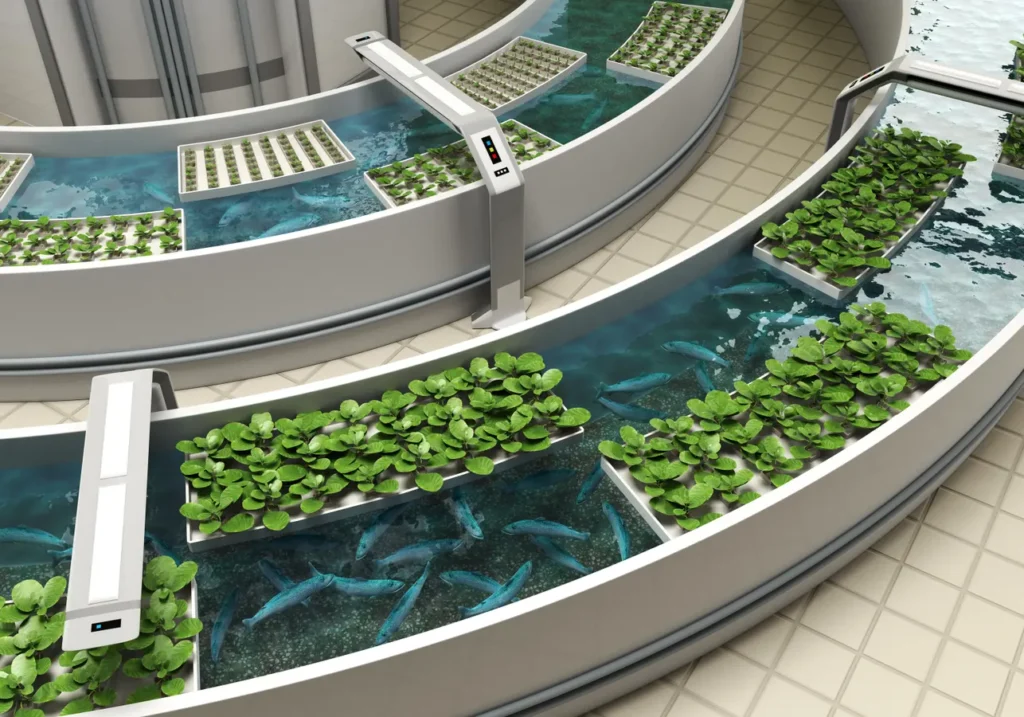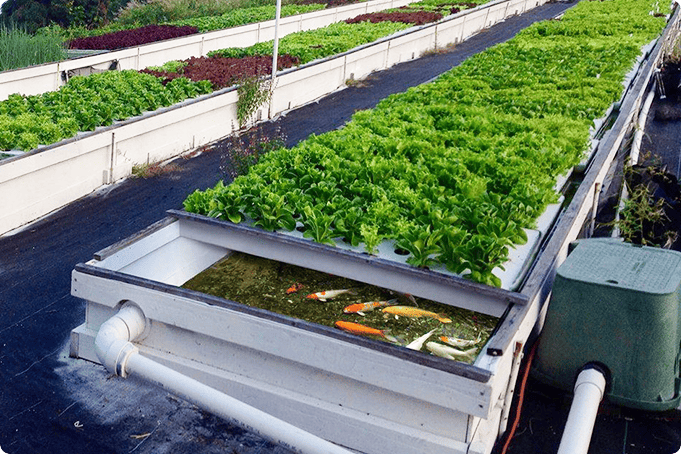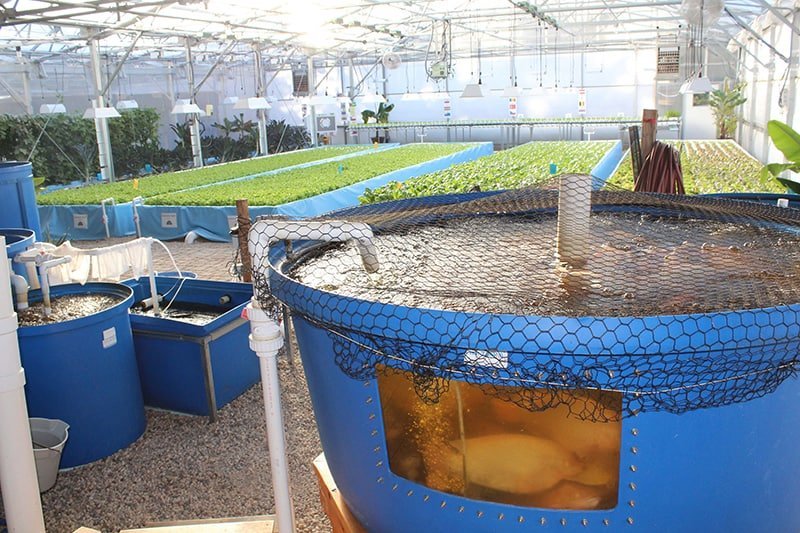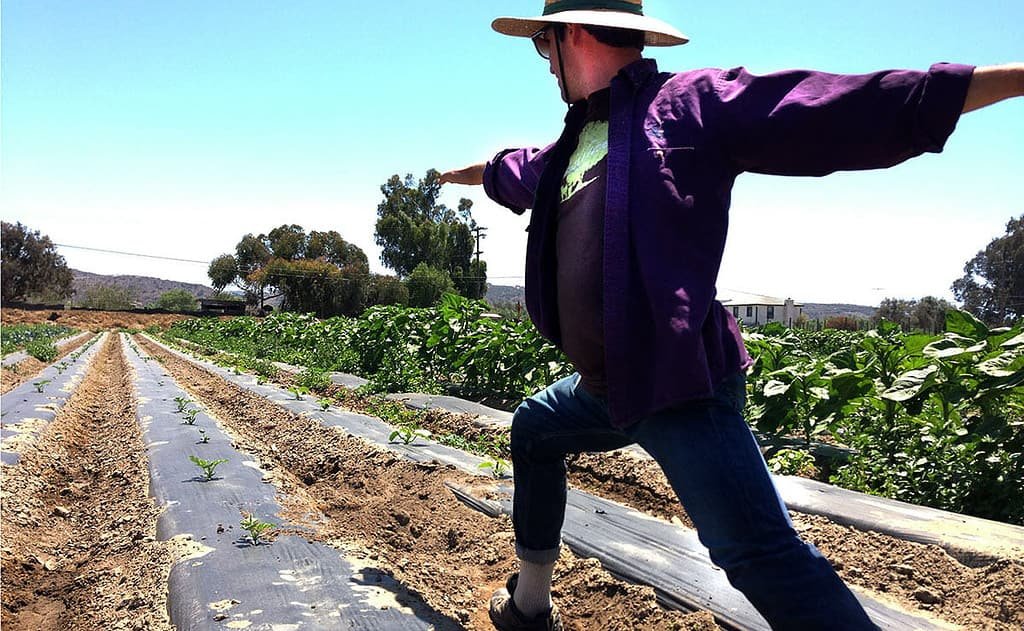How to Start an Aquaponics Farm? To start an aquaponics farm, set up a closed-loop system combining aquaculture (fish farming) and hydroponics (soil-less plant cultivation), ensuring proper filtration and nutrient cycling, selecting compatible fish and plant species, and monitoring water quality closely to create a sustainable and efficient ecosystem for both fish and plants to thrive.
The Future of Agriculture: Why You Should Consider Starting an Aquaponics Farm
In recent years, there has been a growing recognition of the need for sustainable agriculture practices to ensure food security and protect the environment. Traditional agricultural methods often rely on large amounts of water, chemical fertilizers, and pesticides, which can have detrimental effects on ecosystems and human health. As a result, there has been a shift towards more sustainable farming practices, such as aquaponics.
Aquaponics farming is a method that combines aquaculture (the cultivation of fish) with hydroponics (the cultivation of plants in water). This innovative approach to farming has gained popularity due to its ability to produce high yields of both fish and vegetables in a sustainable and environmentally friendly manner. By harnessing the natural symbiotic relationship between fish and plants, aquaponics farming offers a solution to some of the challenges faced by traditional agriculture.
What is Aquaponics and How Does it Work?
Aquaponics is a system that integrates fish farming with hydroponic plant cultivation. In this system, fish are raised in tanks or ponds, and their waste provides the nutrients needed for plant growth. The plants, in turn, filter the water for the fish, creating a closed-loop ecosystem.
The science behind aquaponics lies in the nitrogen cycle. Fish produce ammonia as waste, which is converted into nitrites and then nitrates by beneficial bacteria. These nitrates serve as fertilizer for the plants, providing them with essential nutrients. The plants take up these nutrients, purifying the water for the fish. This symbiotic relationship between fish and plants creates a self-sustaining ecosystem that requires minimal inputs.
The components of an aquaponics system include fish tanks or ponds, grow beds or rafts for plant cultivation, a water pump to circulate the water, and a biofilter to convert ammonia into nitrates. The system can be set up in various configurations, such as a media-based system, where plants are grown in a medium like gravel or clay pellets, or a nutrient film technique (NFT) system, where plants are grown in shallow channels with a thin film of water flowing over their roots.
The Benefits of Aquaponics Farming: Increased Efficiency and Reduced Environmental Impact
Aquaponics farming offers several benefits over traditional agriculture methods, making it an attractive option for sustainable food production.
Increased crop yield: Aquaponics systems can produce higher crop yields compared to traditional farming methods. This is because the plants receive a constant supply of nutrients from the fish waste, resulting in faster growth and higher productivity. Additionally, the controlled environment of aquaponics systems allows for year-round cultivation, further increasing crop yields.
Reduced water usage: Water scarcity is a major concern in agriculture, especially in arid regions. Aquaponics farming uses significantly less water compared to traditional farming methods. This is because the water in the system is continuously recirculated and reused, minimizing water loss through evaporation or runoff. Additionally, the plants in aquaponics systems require less water compared to soil-based cultivation, as they take up only the amount of water they need.
Reduced environmental impact: Aquaponics farming has a lower environmental impact compared to traditional agriculture. The closed-loop system minimizes the need for chemical fertilizers and pesticides, reducing pollution of waterways and soil. Additionally, aquaponics systems can be set up in urban areas, reducing the need for transportation and minimizing carbon emissions associated with food production and distribution.
Overcoming Common Challenges in Aquaponics Farming: Tips and Tricks
While aquaponics farming offers many benefits, there are also challenges that farmers may face. Here are some tips and tricks to overcome these challenges:
Maintaining water quality: Water quality is crucial for the success of an aquaponics system. It is important to regularly monitor and maintain the pH, ammonia, nitrite, and nitrate levels in the water. This can be done through regular water testing and adjustments using pH buffers or additives. Additionally, ensuring proper filtration and aeration of the water can help maintain optimal water quality.
Managing pests and diseases: Like any farming system, aquaponics can be susceptible to pests and diseases. To prevent infestations, it is important to practice good hygiene and sanitation in the system. This includes regularly cleaning the tanks, removing dead plant matter, and quarantining new plants or fish before introducing them into the system. Additionally, introducing beneficial insects or using organic pest control methods can help manage pests without the use of harmful chemicals.
Choosing the right fish and plants: The choice of fish and plants in an aquaponics system is important for its success. It is essential to select fish species that are compatible with the environmental conditions of the system, such as temperature and pH. Similarly, choosing plants that have similar nutrient requirements and growth rates can help maintain a balanced ecosystem. Researching and consulting with experts can help in making informed decisions about fish and plant selection.
Aquaponics Farming vs. Traditional Agriculture: A Comparison of Costs and Benefits
When comparing aquaponics farming to traditional agriculture methods, there are both costs and benefits to consider.
Cost comparison: The initial setup costs of an aquaponics system can be higher compared to traditional farming methods. This is due to the need for specialized equipment such as tanks, pumps, and biofilters. However, over time, aquaponics systems can be more cost-effective due to reduced inputs such as water and fertilizers. Additionally, aquaponics systems have the potential for higher crop yields, which can result in increased profits.
Benefits of aquaponics farming over traditional agriculture: Aquaponics farming offers several benefits over traditional agriculture methods. As mentioned earlier, it requires less water and has a lower environmental impact. Additionally, aquaponics systems can be set up in urban areas, reducing the need for transportation and minimizing carbon emissions. Furthermore, aquaponics farming can provide a more stable and reliable source of income for farmers, as it is less dependent on external factors such as weather conditions.
The Market Potential of Aquaponics Farming: Opportunities for Entrepreneurs and Investors
The growing demand for sustainable food has created opportunities for entrepreneurs and investors in the aquaponics industry.
The potential for profitable aquaponics businesses: Aquaponics farming has the potential to be a profitable business venture. With the increasing demand for sustainably produced food, there is a growing market for aquaponically grown products. Additionally, aquaponics systems can be set up in urban areas, allowing for direct sales to local markets and restaurants. Furthermore, aquaponics farming can be integrated with other value-added activities such as fish processing or organic certification, further increasing the potential for profitability.
The growing demand for sustainable food: There is a growing consumer demand for sustainably produced food. Consumers are becoming more conscious of the environmental impact of their food choices and are seeking out alternatives that are produced using sustainable methods. Aquaponically grown products have the potential to meet this demand, as they are produced without the use of chemical fertilizers or pesticides and have a lower carbon footprint compared to conventionally grown products.
Aquaponics Farming as a Solution to Food Insecurity: Case Studies and Success Stories
Aquaponics farming has shown promise in addressing food insecurity in various regions around the world.
Examples of successful aquaponics projects: There have been several successful aquaponics projects that have helped address food insecurity. For example, in Milwaukee, Wisconsin, Growing Power operates an urban aquaponics farm that produces over 1 million pounds of fish and vegetables annually. This farm provides fresh produce to local communities and creates job opportunities in an economically disadvantaged area. Similarly, in Kenya, the Ujima Foundation has implemented aquaponics systems in schools, providing nutritious meals for students and teaching them valuable skills in sustainable agriculture.
The potential for aquaponics to address food insecurity: Aquaponics farming has the potential to address food insecurity by providing a sustainable and reliable source of food. The closed-loop system allows for year-round cultivation, reducing the dependence on seasonal crops. Additionally, aquaponics systems can be set up in urban areas, bringing food production closer to consumers and reducing the need for long-distance transportation. This can help improve food access in urban areas where fresh produce may be scarce.
Aquaponics Farming in Urban Environments: A Promising Trend for Sustainable Development
Aquaponics farming in urban environments offers several benefits and is becoming a promising trend for sustainable development.
The benefits of urban aquaponics farming: Urban aquaponics farming offers several benefits. Firstly, it allows for food production in areas where land is limited or expensive. By utilizing vertical farming techniques, aquaponics systems can maximize space utilization and increase crop yields. Secondly, urban aquaponics farming can help improve food security in cities by providing fresh produce locally. This reduces the dependence on long-distance transportation and ensures that residents have access to nutritious food. Lastly, urban aquaponics farming can contribute to the revitalization of abandoned or underutilized spaces, creating green spaces and improving the aesthetics of urban areas.
Examples of successful urban aquaponics projects: There are several successful examples of urban aquaponics projects around the world. In Singapore, Sky Greens operates vertical aquaponics farms that produce leafy greens using minimal land and water resources. These farms are located within residential areas, allowing for direct sales to consumers. Similarly, in New York City, Gotham Greens operates rooftop aquaponics farms that supply fresh produce to local grocery stores and restaurants. These farms utilize unused rooftop spaces, reducing the need for transportation and minimizing carbon emissions.
The Role of Technology in Aquaponics Farming: Innovations and Future Trends
Technology plays a crucial role in aquaponics farming, enabling farmers to monitor and optimize their systems for maximum efficiency.
The use of technology in aquaponics farming: Technology is used in various aspects of aquaponics farming. Sensors and monitoring systems can be used to measure water quality parameters such as pH, temperature, and dissolved oxygen levels. This allows farmers to make real-time adjustments to maintain optimal conditions for fish and plant growth. Additionally, automation systems can be used to control water flow, nutrient dosing, and lighting, further optimizing the system. Furthermore, data analytics and machine learning algorithms can be used to analyze large amounts of data collected from the system, providing insights for system optimization and predictive maintenance.
Future trends in aquaponics technology: The future of aquaponics technology holds great potential for further advancements. One area of development is the integration of renewable energy sources such as solar or wind power to reduce the reliance on grid electricity. Additionally, advancements in sensor technology and data analytics can lead to more precise monitoring and control of aquaponics systems. Furthermore, the use of artificial intelligence and robotics can automate tasks such as fish feeding or plant harvesting, reducing labor requirements and increasing efficiency.
The Legal and Regulatory Framework for Aquaponics Farming: Challenges and Opportunities
The current legal and regulatory framework for aquaponics farming varies from country to country, presenting both challenges and opportunities for farmers.
The current legal and regulatory framework for aquaponics farming: The legal and regulatory framework for aquaponics farming is still evolving in many countries. In some jurisdictions, aquaponics may fall under existing regulations for aquaculture or hydroponics, while in others, it may not be specifically addressed. This can create uncertainty for farmers and may result in inconsistent enforcement or lack of support. Additionally, there may be restrictions on the types of fish or plants that can be grown in aquaponics systems, or requirements for permits or licenses.
The potential for policy changes to support aquaponics farming: There is an opportunity for policy changes to support and promote aquaponics farming. Governments can provide incentives such as grants or tax breaks to encourage the adoption of sustainable farming practices. Additionally, regulations can be updated to specifically address aquaponics and provide clear guidelines for farmers. Furthermore, policymakers can collaborate with industry stakeholders to develop standards and certifications for aquaponically grown products, ensuring consumer confidence and market access.
Why Aquaponics Farming is a Smart Choice for the Future of Agriculture
Aquaponics farming offers a sustainable and efficient solution to the challenges faced by traditional agriculture. By harnessing the natural symbiotic relationship between fish and plants, aquaponics systems can produce high yields of both fish and vegetables with minimal inputs. This method of farming reduces water usage, minimizes environmental impact, and provides a reliable source of food.
The market potential for aquaponics farming is significant, with growing demand for sustainably produced food. Entrepreneurs and investors have the opportunity to capitalize on this demand and create profitable businesses in the aquaponics industry. Additionally, aquaponics farming has the potential to address food insecurity by providing a sustainable source of food in urban areas.
While there are challenges in aquaponics farming, such as maintaining water quality and managing pests, these can be overcome with proper knowledge and techniques. The use of technology in aquaponics farming is also advancing, enabling farmers to optimize their systems for maximum efficiency.
Overall, aquaponics farming is a smart choice for the future of agriculture. It offers numerous benefits over traditional farming methods and has the potential to address sustainability challenges in food production. With the right support from policymakers and industry stakeholders, aquaponics farming can play a significant role in ensuring food security and protecting the environment.
Originally posted 2024-03-17 07:05:54.






